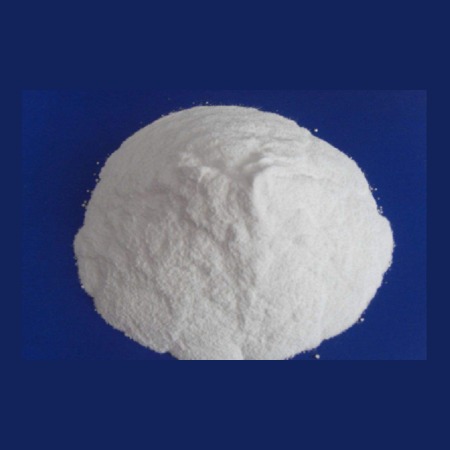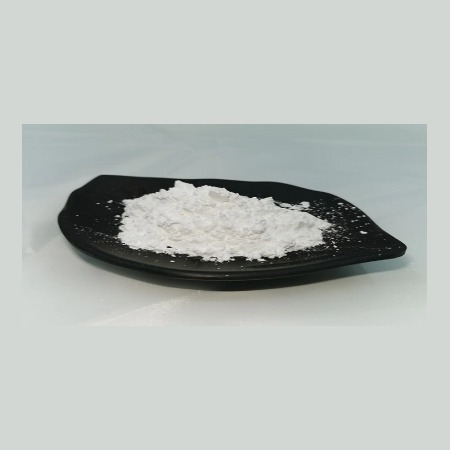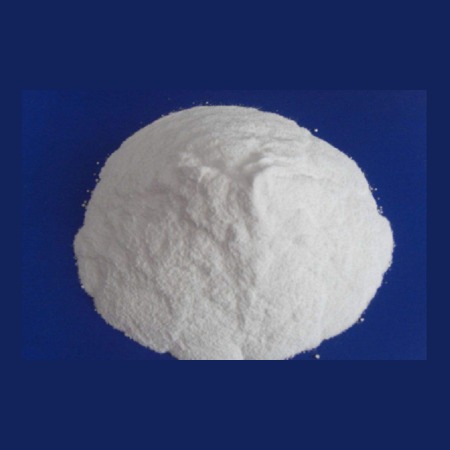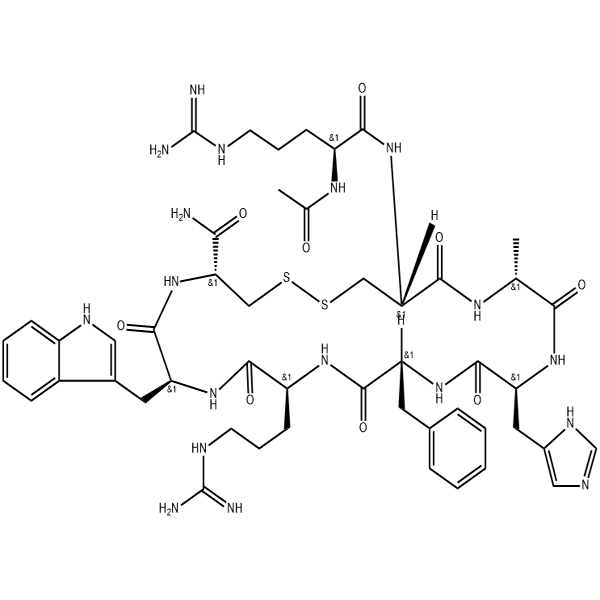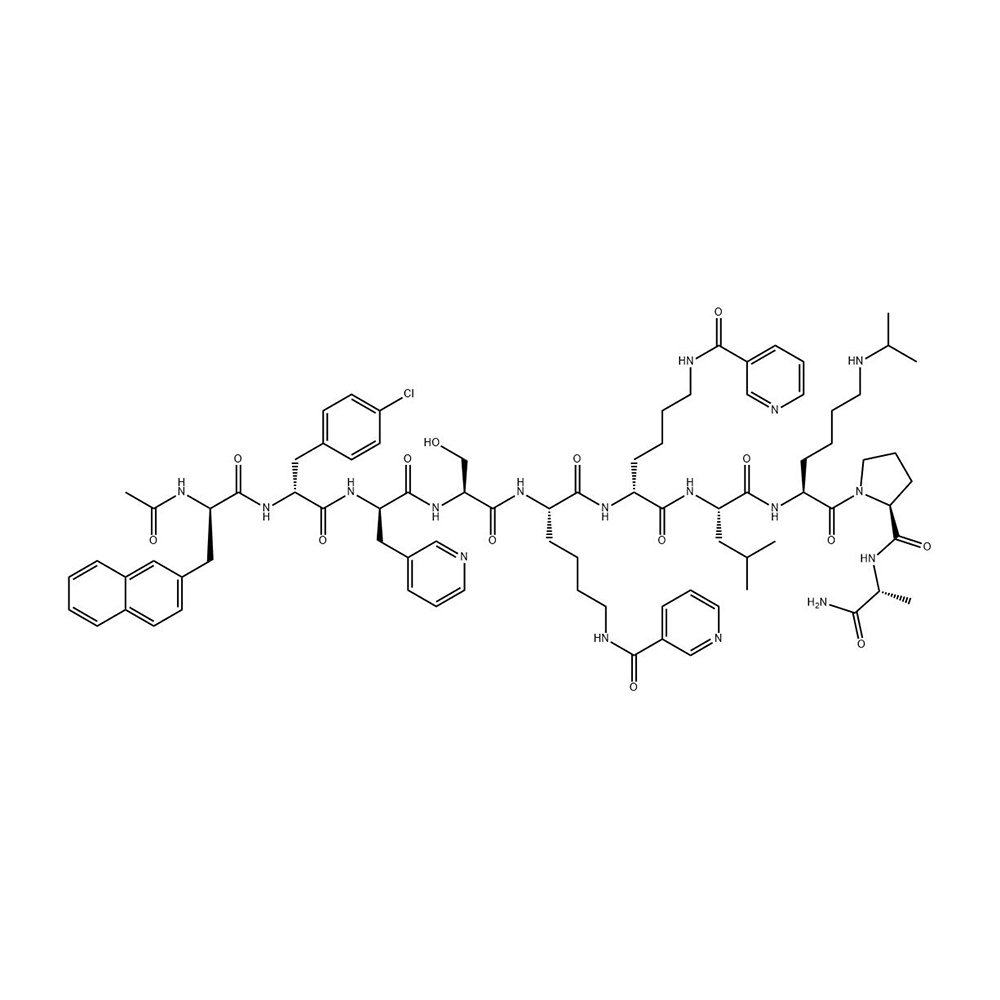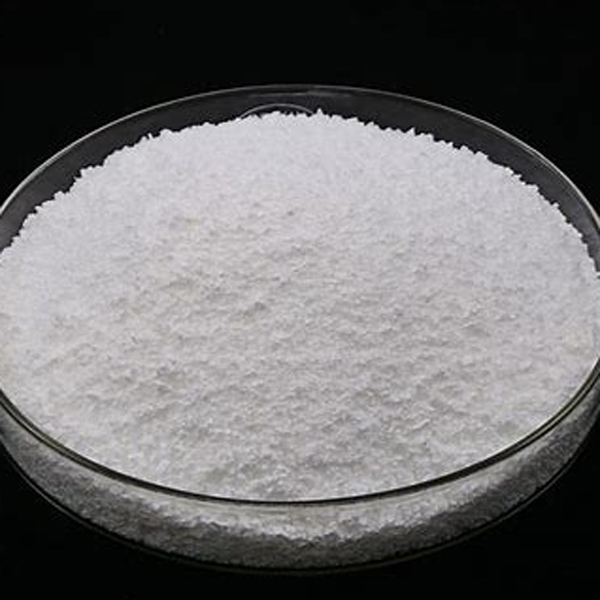Bronchogen supplier/Peptide purification/Peptide supplier
Description
Bronchogen is a bioregulatory peptide with positive positive effects on the lungs. Studies in rat models have shown that it can reduce inflammation and rebuild a healthy lung state by influencing several DNA transcription pathways. Bronchogen can improve epithelial cells, increase surfactant production and reduce inflammation. At the same time, current research has shown that Bronchogen is also effective in fighting aging. Bronchogen has gonadotropin-protective effects that help reverse age-related decline in lung function by reactivating aging DNA.
Specifications
Apperance: White to off-white powder
Purity(HPLC): ≥98.0%
Single Impurity: ≤2.0%
Acetate Content(HPLC): 5.0%~12.0%
Water Content (Karl Fischer): ≤10.0%
Peptide Content: ≥80.0%
Packing and Shipping: Low temperature, vacuum packing, accurate to mg as required.
FAQ:
Which modified labeled polypeptides can be synthesized in Chinese peptide?
Our company provides a variety of modified peptide labeling, such as acetylation, biotin labeling, phosphorylation modification, fluorescence modification, can also be customized according to your special needs.
How pure can the peptide be?
Our company can provide different purity levels for customers to choose from, from crude to > 99.9% purity. According to customer needs we can provide purity > 99.9% ultra-pure polypeptide.
What are the applications of peptide libraries?
Peptide libraries are an efficient tool for many studies, including GPCR ligand screening, protein-protein interaction studies, functional proteomics, nucleotide binding, screening of enzymatically acting substrates and inhibitors, antigen and epitope screening, signaling molecule search, and other important processes of drug screening.
What do I need to look for when designing phosphorylated peptides?
When designing phosphorylation modifications, the phosphorylation modifications should not be more than 10 amino acids away from the N-terminus to avoid a decrease in coupling efficiency.
Why should peptides be modified by N-terminal acetylation and C-terminal amidation?
Such modifications can give peptide sequences properties that are native to proteins.

